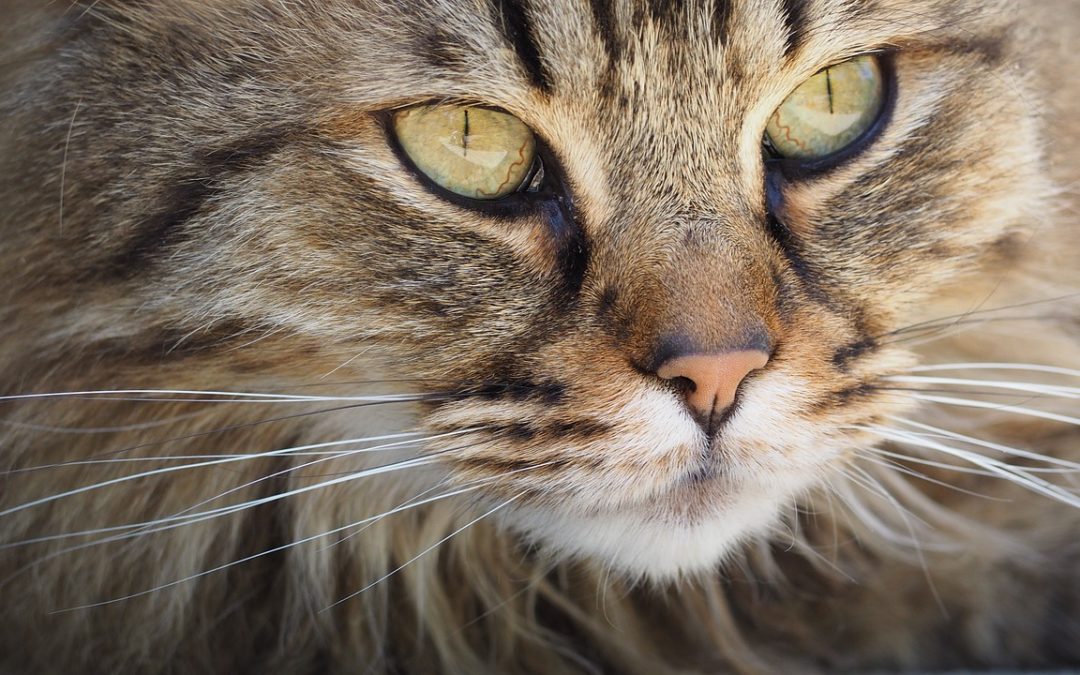Here are 10 Tips on Litter Boxes will be split into two separate blog posts. Here’s Part 1.
In my experience of visiting the homes of frustrated, had-it-up-to-here cat guardians over the past 15 years, I can tell you that there are there are actually two ends to the problem, so to speak; your cat’s problem, and your problem.
Your Cat’s Problem
Your cat can be experiencing physical dis-ease which makes the litter box a decidedly unfriendly place. He or she could also be reacting to environmental stress/anxiety, which can include problems with other cats or dogs, children, feral cats outside threatening their territorial security, etc. Of course I’m painting the problem with a large brush, but you get the idea.
Your Problem
Then there’s your problem. You hate pee and poop around the house, naturally; but you also hate litter boxes. You can’t stand the idea of multiple boxes, don’t want to look at them in your main living space, resent the constant scooping and, perhaps, you just don’t want to be reminded that your animal companions are actually praised for relieving themselves in the most sanctified of places, your home.
Ten Litter Box Tips
With this in mind, the following tips are just that – tips. There is a deeper commitment to actually sharing space, that must happen before problems are solved. Remember, if your cat’s litter box habits aren’t exactly stellar, he is raising a red flag, trying to tell you that all is definitely not right in his world. And it’s your job, as the human who loves him, to make things right.
Put on your cat detective hat and let’s think outside the box (and wish for inside)!
1. ONE BOX PER CAT +1
Yes, the formula works. At the very least it gets you thinking outside of your comfort zone in regards to your relationship with litter boxes. If you have 3 cats, it’s just not fair to ask them to share one box – and yes, I mean even if you’re not experiencing any problems. Think of gang warfare, with members of both sides tagging the same wall with graffiti over and over. Cats often will compete for the important territorial resources in much the same way.
2. DETECTIVE WORK BEGINS WITH A VET VISIT
If your cat has suddenly stopped using the litter box ALWAYS rule out physical problems first. Avoidance of the box often begins with the feeling that, “every time I go to that place, it hurts me!” One way to tell if your cat is experiencing this unpleasant feeling is to notice what they do after they eliminate. Do they stay in the box, taking care of business by burying their waste, for instance? Or do they finish and RUN out of the box? In my experience the after-litter dash is a sign that they are running away from what made them painful.
3. LOCATION, LOCATION, LOCATION
The box must be located where it works best for the cat, not you. Compromise is a key ingredient in any human/cat relationship and this is where the rubber hits the road in that regard. The hands-down best place for a litter box is in an area that is socially significant to the cats. Sometimes that coincides with human areas of social significance. Think about the lesser of two evils. It’s either a litter box where you don’t want it, or pee where you definitely don’t want it.
4. THE SMELL OF THE LITTER
It’s so important to cater to what your cat is attracted to, and, likewise what they are repelled by. A safe bet is avoiding perfume-y, dusty litter. If it offends your nose when pouring it in the box, then think about the fact you have 5 million scent receptors while your cat has 200 million. What is annoying to you can be a source of avoidance for them. Fortunately, there are natural litters (such as one of my favorites, World’s Best Cat Litter) where odor control is done…naturally!
5. THE FEEL OF THE LITTER
Likewise to the point about litter scent, different cats prefer different textures of substrate. Some cats (and especially those who have been declawed) can be very sensitive to the pointed nature of some crystal or pellet litters, or even just the jagged feel of many clay litters. When in doubt, go as soft as you can.






